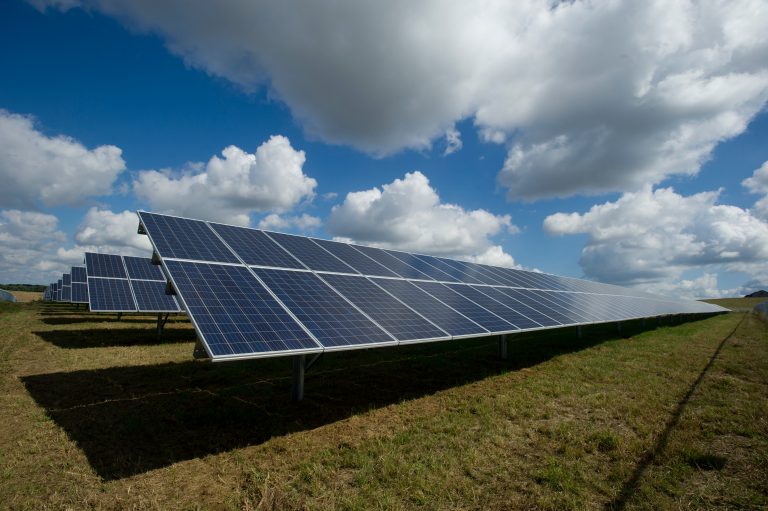WHAT IS EFFICIENCY ANALYSIS?
Efficiency Analysis identifies whether the PV systems are running in optimum conditions or not by electricity generation forecast and real time condition assessment.
WHY DO WE NEED EFFICIENCY ANALYSIS?
- Hourly real time efficiency would allow to track the status of PV;
- Automated alarm system announces via email about emerging situations;
- Analysis of system allows to increase human respond speed to inflating situation which prevent worst case scenarios;
- Understand trend of PV efficiency deterioration long and short term;
- Prevents outages due to better maintenance scheduling with forecasted and real time measured data.
HOW TO DO EFFICIENCY ANALYSIS WITH EA-PSM?
One of the common approaches for electricity generation forecast is to collect historical data, define the prediction problem, develop a forecasting model, validate and apply it and give meaning to the results.
Collecting data from sensors is one of the most significant processes, as it tremendously influences the forecast accuracy. Another approach is to measure some typical parameters that are used in generating graphs; these are subsequently compared over a period or with a reference in order to determine whether PV is running properly or if deviations can be identified. The measurement and storing task in bigger projects can generate a huge volume of data. But in bigger projects it also makes the biggest difference.
A real challenge in this analysis is the increased data volume, which can be solved using big data and analysis technologies.
Another difficulty is with observing a large number of details, especially for large Solar systems, which require specialized software that show analytical reports, with only relevant data or events that deserve attention such as the PV fault or the significant PV power decrease.
Sankey diagram:

DC/AC Converter losses and module quality losses are the biggest. These can be reduced by the preventive actions resulting from the proposed analysis.
Solar Irradiance:

Solar irradiance, which is watt per square meter, is the highest also in summer time. This is not surprising. The forecast of solar irradiance would allow forecast electricity generation. The comparison of forecasted data with real generation data would allow make decision about solar panel status, efficiency, overall components losses.
More irradiation leads to more losses, which can be seen in the following graph.

Losses comparison with theoretical value, tracking through the year yields information about Solar panel.
CONCLUSIONS
With real-time condition forecasting, equipment deterioration could be analyzed also as failure can be prevented. The frequency of preventive maintenance can be reduced, which would lead to operating costs reduction. Finally, efficiency analysis results the increase of the efficiency and reliability of a PV system of any size.

